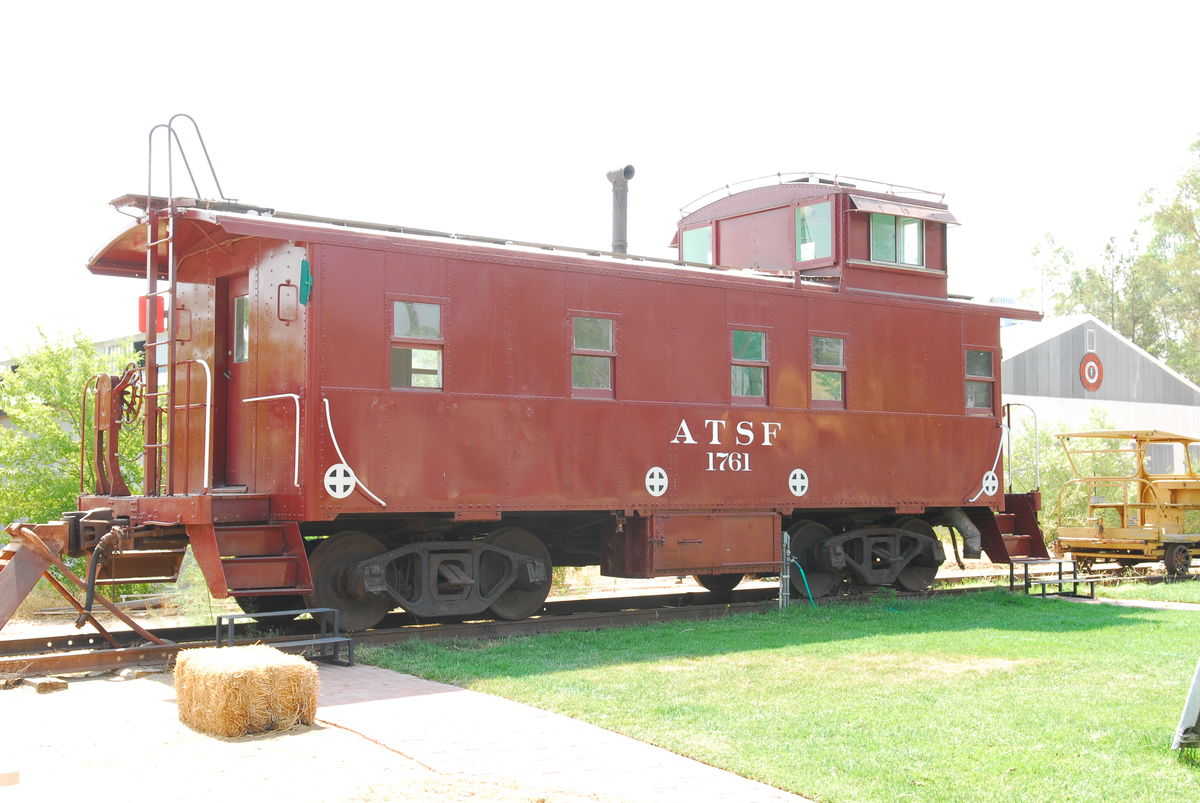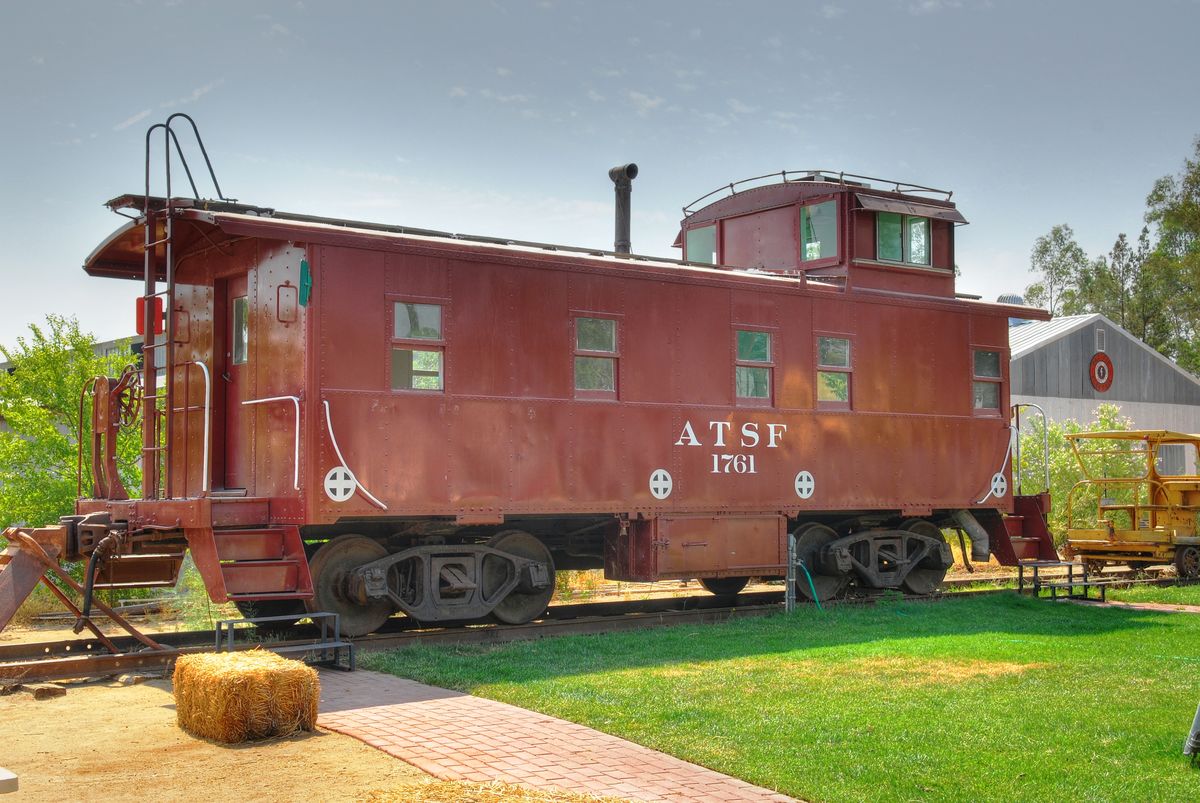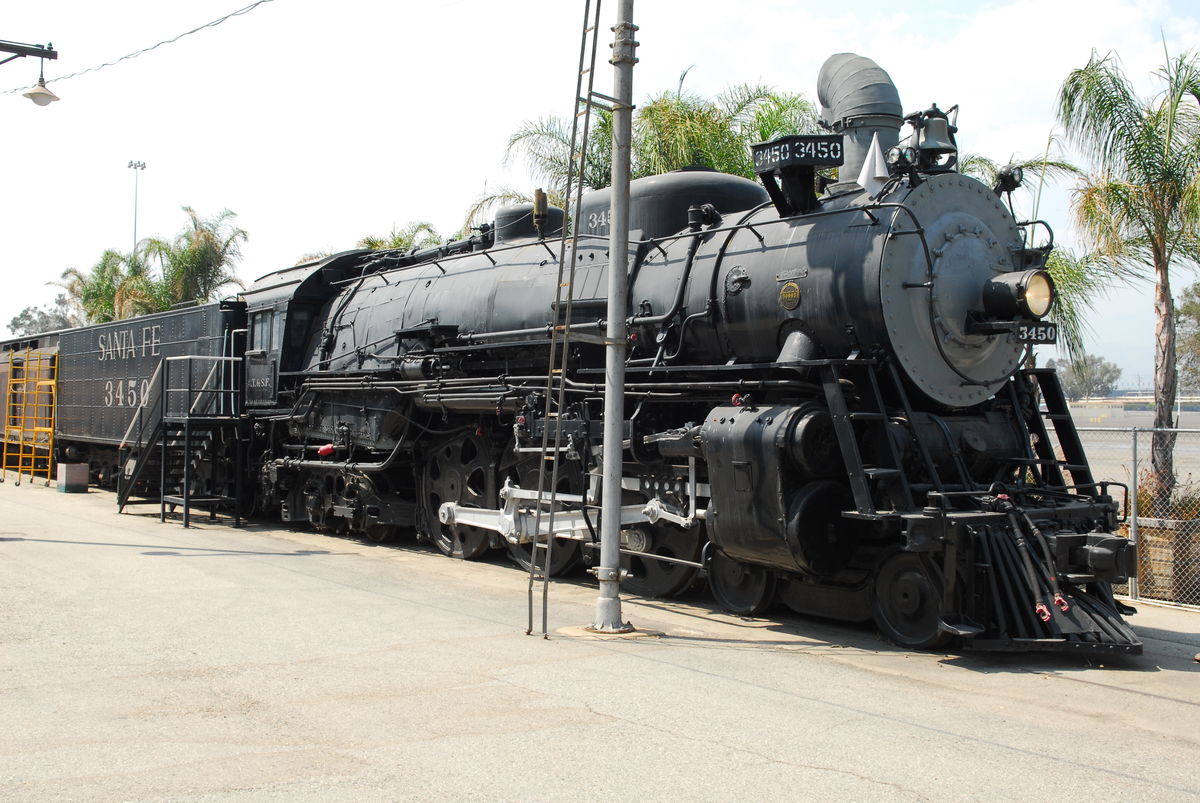Whatever happened to HDR
Feb 25, 2022 11:13:26 #
hpucker99 wrote:
Do your sliders go up to 11?




LMAO.....great movie!
And yes..they go to 11!
Feb 25, 2022 11:29:16 #
johngault007 wrote:
LMAO.....great movie!
And yes..they go to 11!
And yes..they go to 11!
Nice reference to 'Spinal Tap'.
Feb 25, 2022 11:48:52 #
scubadoc
Loc: Sarasota, FL
francwoods wrote:
Bracket then keep it natural. Some pop but probably no more than I'd do with other editing.
Shot from Sedona area and Antelope Canyon. All my shots at Antelope were 3 shot brackets.
Nikon D7200 with 10-20 lens.
Shot from Sedona area and Antelope Canyon. All my shots at Antelope were 3 shot brackets.
Nikon D7200 with 10-20 lens.
Antelope Canyon is incredible. When we were there the guide who was with us took incredible photos using our own iPhones. He nailed the exposures and the DR.
Feb 25, 2022 11:56:31 #
johngault007 wrote:
LMAO.....great movie!
And yes..they go to 11!
And yes..they go to 11!
Sliders going to 11 also shows up in one of the Toy Story movies (2nd?). Buzz Lightyear is showing off some piece of equipment.
Feb 25, 2022 12:10:33 #
francwoods wrote:
Bracket then keep it natural. Some pop but probably no more than I'd do with other editing.
Shot from Sedona area and Antelope Canyon. All my shots at Antelope were 3 shot brackets.
Nikon D7200 with 10-20 lens.
Shot from Sedona area and Antelope Canyon. All my shots at Antelope were 3 shot brackets.
Nikon D7200 with 10-20 lens.
Superlative scenics





Feb 25, 2022 12:39:36 #
larryepage
Loc: North Texas area
scubadoc wrote:
I’ve noticed in the last 6 months to a year that t... (show quote)
There are some interesting answers here. Some sort of approach the truth. I agree that there was some "faddism" associated with HDR photography, just like there is faddism associated with many of the over-saturated, over-contrasty photographs that are popular today (and I like strong saturation). This is sort of like when LASERs were new and were considered to be "a solution in search of a problem." HDR provides a way for folks who claim not to like post processing (including me, sometimes) to have opportunity to improve the dynamic range content of their images and, optionally, to present them as something of an alternative, arty view of the world. The thing is, though, if you do all the steps necessary to accomplish that, you are doing an almost comparable amount of work to what is required to follow a full post processing process. So I'm guessing that lots of folks have simply taken the next step and started post processing their photographs.
The other thing to keep in mind, though, is that HDR was really conceived and popularized as a process to allow enhancement of JPEG photographs. In my experience, it really doesn't work all that well with raw materials. My current camera has about 14 stops of dynamic range when used at or near its base ISO. If I capture a three shot bracketed set at 2 stop intervals, they represent 18 stops of range once combined. I can'[t even do that. Can't represent it, and can't save it. It's just a waste. And when I tone map, I still have to throw lots of data away, or else compress it until it is representable.
I do still do HDR occasionally. Mostly with JPEGs, and mostly when photographing static railroad equipment. Because of the three feet or so of overhang by the carbodies past the running gear, the wheels, axles, brakes, and suspension equipment is always in the shade, even if the sun is shining on everything else. HDR is a quick and easy way to produce an image in which everything is visible by doing a three shot HDR. It's also useful when photographing steam locomotives, especially if they have fresh black paint. And if I do it right, no one will ever know that the photograph is an HDR composite unless I tell them.
By the way...it is also just as easy to produce over-processed, overcooked, and otherwise overdone images withy other forms of post processing.
Here are a couple of examples from a few years ago. Camera was a D200. And yes, there are a couple of problems, especially in the caboose photo. That's one of the risks. The locomotive photograph is more successful. For what I was doing (research photograph for completing and detailing HO models), it doesn't matter. Both accomplished what I needed. The important thing (to me) was that in each case, I was able to recognize that I had a problem, but that I also had the means to solve it. Would I do it again today? Maybe. But in any case, I maintain the capability as an alternative.
Feb 25, 2022 12:39:42 #
scubadoc wrote:
I’ve noticed in the last 6 months to a year that t... (show quote)
It was a bit of a fad, then too things often go in waves, one group learns to do something the "shine" wears off so they stop, then later a new group learn to do it and a new wave comes along.
But another major factor comes into play-learning/skill. Those who use a technique learn how to do it with more skill so the HDR shot loose the over done look and they just stop labeling them as HDR as it is now just another tool they use when needed.
Feb 25, 2022 12:42:27 #
larryepage
Loc: North Texas area
robertjerl wrote:
It was a bit of a fad, then too things often go in waves, one group learns to do something the "shine" wears off so they stop, then later a new group learn to do it and a new wave comes along.
But another major factor comes into play-learning/skill. Those who use a technique learn how to do it with more skill so the HDR shot loose the over done look and they just stop labeling them as HDR as it is now just another tool they use when needed.
But another major factor comes into play-learning/skill. Those who use a technique learn how to do it with more skill so the HDR shot loose the over done look and they just stop labeling them as HDR as it is now just another tool they use when needed.
Hey Robert...that Santa Fe caboose just above is one of yours...
Feb 25, 2022 12:53:09 #
larryepage wrote:
There are some interesting answers here. Some sor... (show quote)
I believe the first two pictures were taken at the Orange Empire Railway Museum - now Southern California Railway Museum? That is the "Party Caboose". Santa Fe #3450 is at the LA County Fairgrounds in their collection.
Feb 25, 2022 12:57:09 #
scubadoc wrote:
That is a beautiful image. My question: how many steps between each exposure and what EV was your starting point?
I use two stops between successive exposures. That's the easy part of my answer. The exposure setting needs a bit more thorough explanation. Fortunately my Sony A6500 lets me put these settings into memory for quick recall when I need them since I'd probably forget what to do.
First of all, the exposure mode I use finds the brightest spot in view and adjusts that spot to be exposed to the right. In fact I nearly always use that exposure mode and shoot RAW. For a little margin I set the exposure to -0.33 stops.
The concept is that the camera will get the first exposure right, probably leaving some very dark areas in the rest of the image. The bracketing then picks up those areas with the +1.67 and +3.33 exposures. Frequently the last exposure is so over-exposed that I don't even use it but that was not what happened in this example where I needed all three exposures.
Would five exposures using 1-stop intervals improve anything? I did try that at one point and it seemed to deliver nothing noticeable. My camera in RAW gives me 14 bits which is six stops over the 8-bits for a JPEG file so if I thought I needed more dynamic range I might be inclined instead to keep to three exposures but to increment by three stops. But as I said, even two stops often seems excessive.
Feb 25, 2022 13:01:23 #
larryepage
Loc: North Texas area
robertjerl wrote:
I believe the first two pictures were taken at the Orange Empire Railway Museum - now Southern California Railway Museum? That is the "Party Caboose". Santa Fe #3450 is at the LA County Fairgrounds in their collection.
You are correct. We visited Orange Empire as part of the Santa Fe Railway Historical and Modeling Society convention in 2008. Part of our visit to Orange Empire was a short excursion behind your FP45 out on the common carrier's tracks for several miles. The 3450 was at the fairgrounds. (The 3461 class is really my favorite.) I picked these two images because they illustrated how I used HDR in a couple of really difficult lighting situations.
Feb 25, 2022 13:16:51 #
larryepage wrote:
You are correct. We visited Orange Empire as part of the Santa Fe Railway Historical and Modeling Society convention in 2008. Part of our visit to Orange Empire was a short excursion behind your FP45 out on the common carrier's tracks for several miles. The 3450 was at the fairgrounds. (The 3461 class is really my favorite.) I picked these two images because they illustrated how I used HDR in a couple of really difficult lighting situations.
Then it is possible I was there the day you took those pictures. I have been a member of the operations department of OERM/SCRM since 2001 with ratings as a Streetcar Motorman, Streetcar Conductor & Train Conductor. I retired from teaching in 2007 and was at the museum almost every Sunday and for events I was there everyday of the events up until about 2016 or so then I cut back to events and an occasional Sunday. Trick left knee, not a good thing to have it fold while motorman or conductor, gave up my motorcycle and donated it to charity also.
The last couple of years before Covid-19 hit I did the announcing during major events and since Covid-19 I haven't been out at all though I was scheduled to announce the Thomas Festival last Nov but hit the hospital with a major case of Vertigo due to inner ear problems the week before and then not allowed to drive for a month so I couldn't be there. I really need to get back out and start going out and about taking pictures again. Because of being 76, with asthma and a few other problems that make me vulnerable to Covid-19 and/or Flu my wife really doesn't want me going around large groups of people (retired Surgical Nurse/OR Charge Nurse=GERMOPHOBE!!! on steroids).
Feb 25, 2022 14:05:32 #
scubadoc wrote:
I’ve noticed in the last 6 months to a year that t... (show quote)
I think photographers are getting smarter - along with the software and camera gear. When HDR was commonplace, cameras still had only modest dynamic range, and processing software had limitations as far as range of adjustment.
Photographers have learned to better interpret what the camera is telling them. They are less reliant on optimizing camera-processed jpegs and exploring raw capture.
And the novelty of over-cooked images has finally calmed down. Thank goodness.
HDR still has it's place, mostly in specialized situations, and it is applied more judiciously.
Feb 25, 2022 14:40:46 #
Gene51 wrote:
I think photographers are getting smarter - along ... (show quote)
All good points, Gene. As the digital imaging tools improve, more is possible, more easily, without HDR.
Feb 25, 2022 15:16:07 #
Picture Taker
Loc: Michigan Thumb
Yes,cameras are much better today, but I still am building and working with HDR. I guess that is why the photography field is so great. We can all grow and improve and develop in different directions. In time I guess we develop our own stile.
If it was not for that all our pictures would look the same.
If it was not for that all our pictures would look the same.
If you want to reply, then register here. Registration is free and your account is created instantly, so you can post right away.










